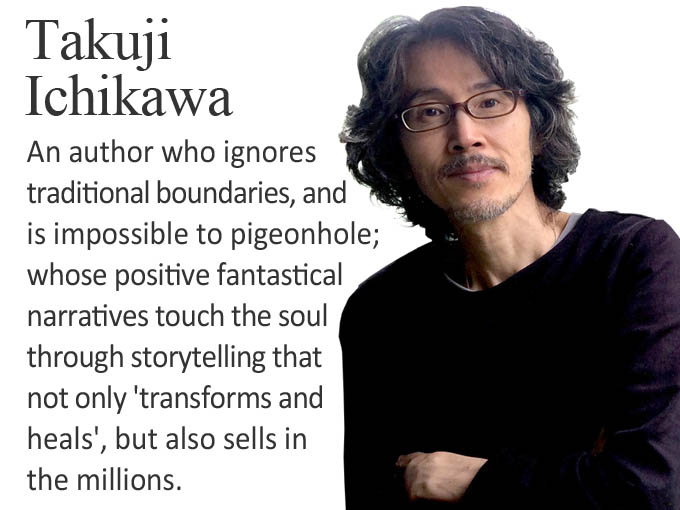- Printing
The first Western-style paper mill opened in 1875 in Japan[UPDATED: 10-4-2021]
As Japan rapidly modernised in its Meiji era (1868-1912), after more than 250 years of isolation, there was a huge demand for paper to meet many types of new and emerging needs including: the printing of public bonds and paper money; newly launched magazines and newspapers; as well as paper certificates for new regulations for the registering of land and property ownership.
Despite Japan’s long and distinguished history of papermaking that stretched as far back as 610, when Chinese papermaking technologies first arrived in Japan through Korea, traditional handmade paper manufacturing could not keep up with the massive demand that modernisation created.
Imports of Western machine-manufactured paper that could be mass-produced by employing paper pulp, increased massively while production of traditional Japanese paper, Washi, declined as Japan urbanised and modernised.
Historically, during Japan’s feudal periods most feudal lords, daimyo, considered papermaking of strategic importance, as paper was even in their eras an indispensable and highly valued commodity. So they developed secure local supplies to meet the needs of their given territories.
In a similar manner, some farsighted Meiji era pioneers, like the daimyo before them, thought modern Japan also needed its own local machine-made paper capabilities.
In 1873, Eiichi Shibusawa (1840-1931) set up Shoshi Kaisha, subsequently renamed Oji Paper Company, and Japan’s first Western-style machine paper mill was officially opened two years later on the 16 December 1875. With the help of a 26 year-old British expert, Frank Cheethmen, the company imported equipment. Shibusawa image will appear on new 10,000 yen Japanese banknotes that will be introduced in 2024.
The Oji paper mill was located in Oji in Tokyo close to the Otonashi River for logistical reasons. Recycled undergarments were used initially to make the first paper produced at the mill.
Four years later Japan’s first wood pulp mill was opened. The Oji Group, a pulp, paper and packaging business still exists today.
Despite paper being invented in China, and only arriving in Europe centuries later, in the 11thcentury, modern machine-made paper was actually first created in France in 1798, according to Kiyofusa Narita (1884-1979) Director of the Paper Museum in Tokyo and a former executive at Oji Paper. Production in Japan of this type of paper only began about 76 years later.
Nonetheless, despite the delays, Japanese paper today in all its forms is considered some of the best produced in the world. And as is often the case in Japan its paper has its own unique standard sizes, quality scales and types including Tengujo, the world’s thinnest paper.

